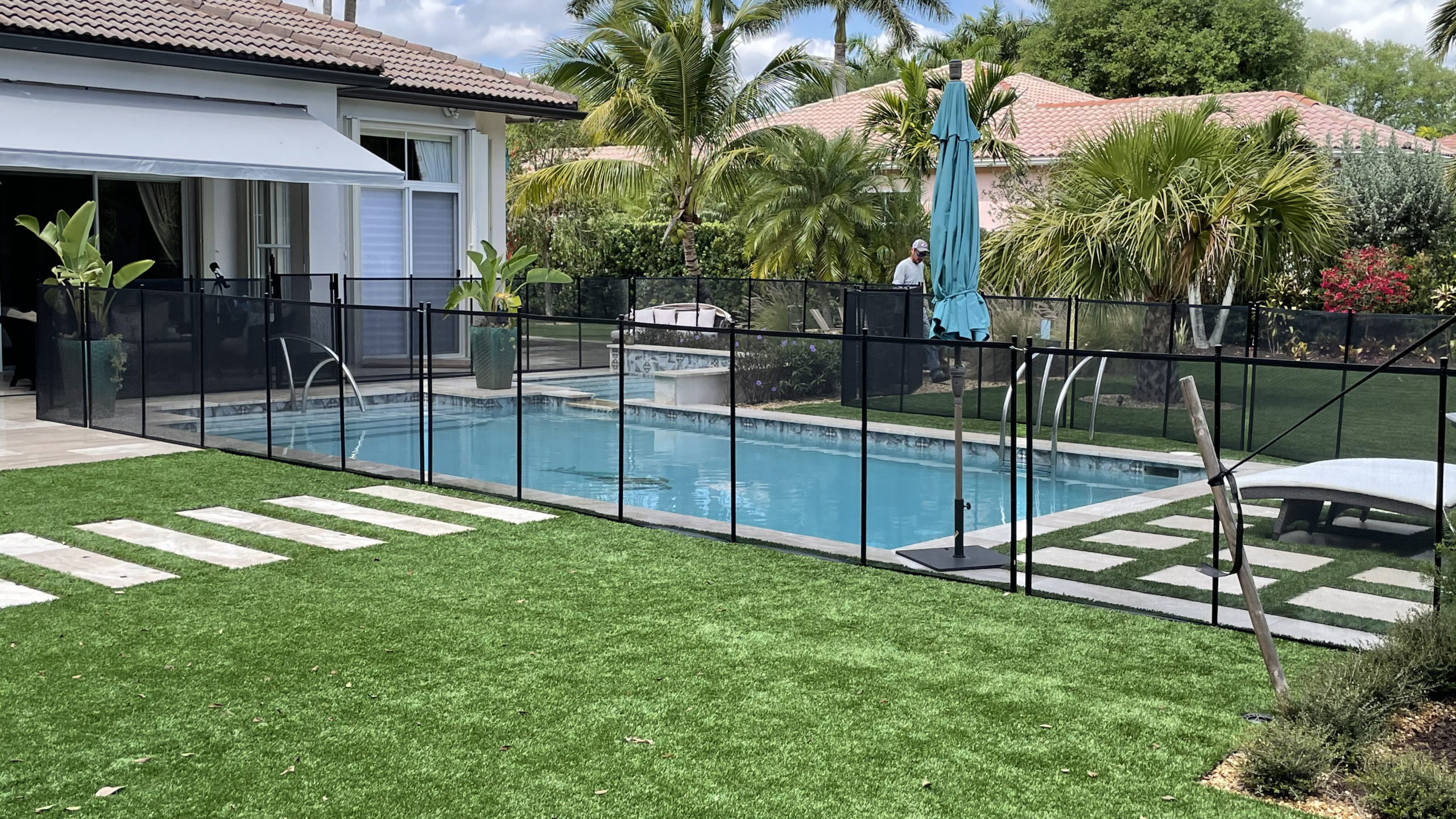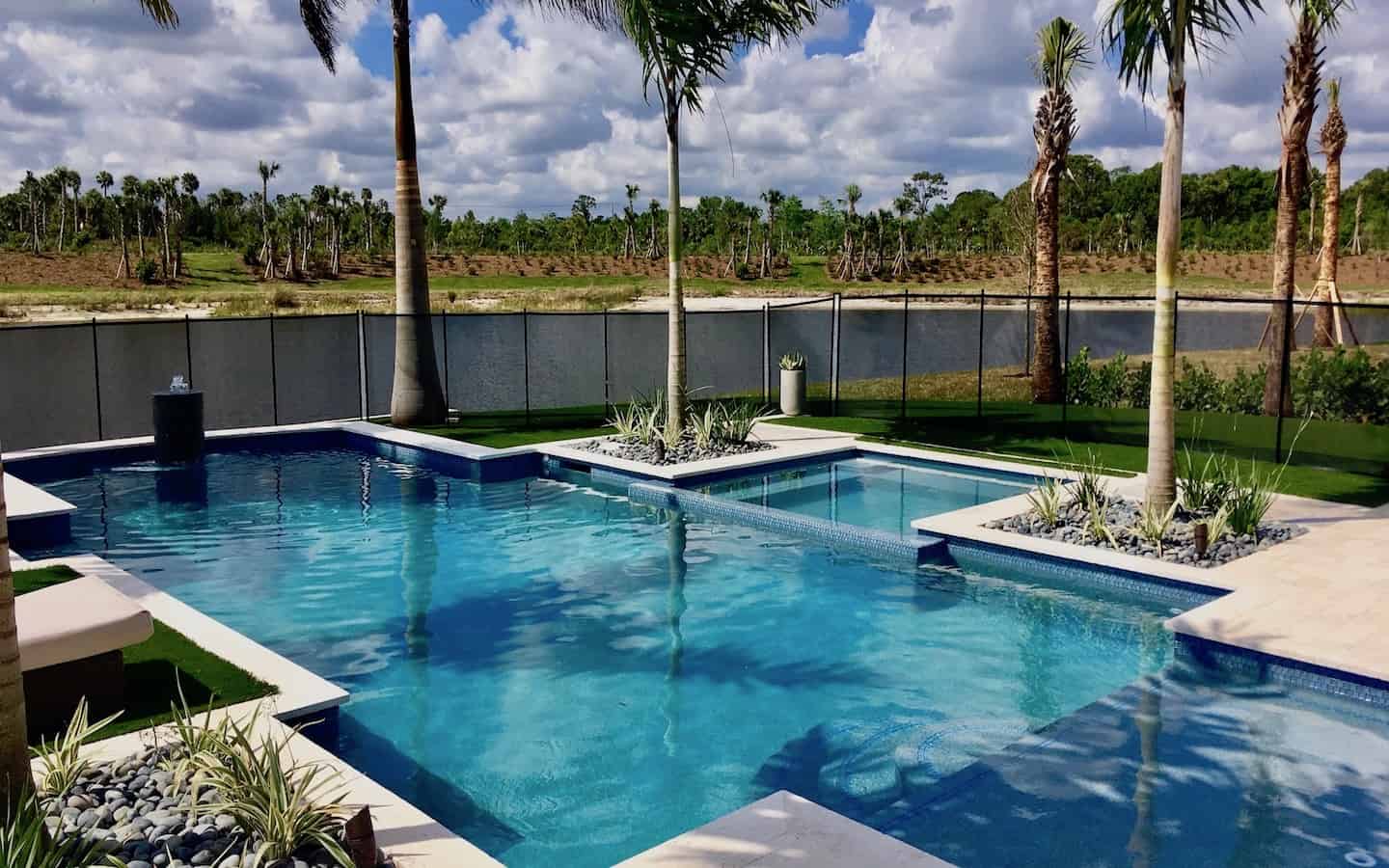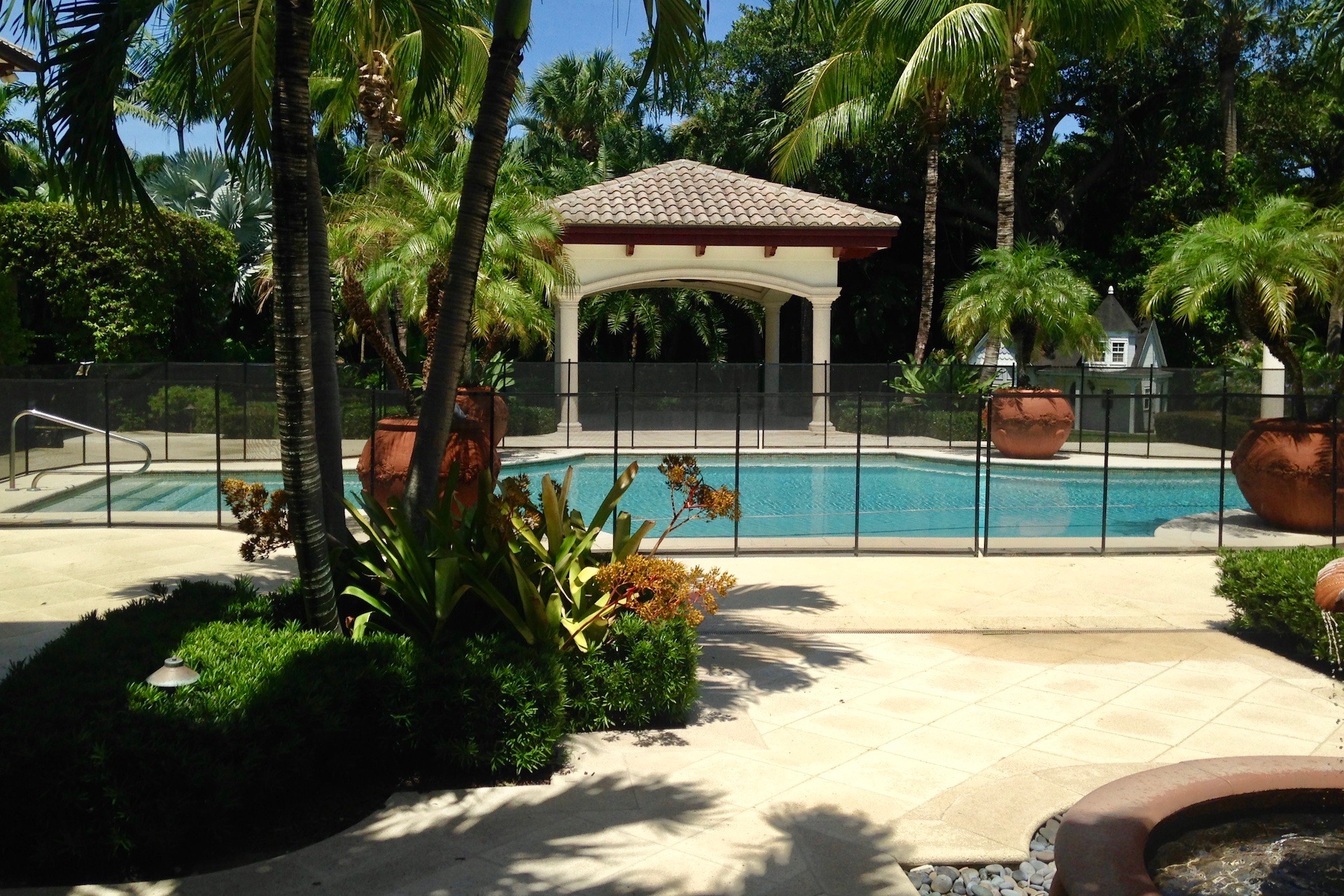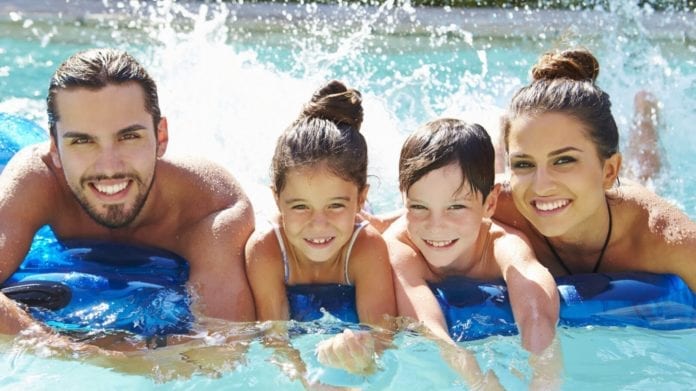Your pool area might be small, but is your pool safe enough and secure? Every day, about 10 people die from drowning. Of these, approximately 2 are children under age 14. Today, drowning is the fifth-leading cause of unintentional death within the United States. Owning a pool is a lot of fun, but it’s important to keep it safe. A surprising amount of kids, family members and even pets can be at risk if a pool is unprotected. Fortunately, you can do a few things to make sure your pool is protected. Check them out below:
One: Install a Pool Barrier Pool Fence
In many areas, pools are legally required to be fenced or walled in. In fact, many laws and regulations require that Pool Barrier Pool Fence and or non climbing walls be at least four feet high. If your pool doesn’t have a Pool Barrier or a wall, you should have one installed as soon as possible. Your pool area receives a surprising amount of foot traffic, and small children and animals may be susceptible to tripping or falling.
Make sure you keep an eye on your pool area throughout the different seasons. Sometimes, bacteria can grow in warm waters. Keep your children and pets away from the pool in cold months, too, as cold water can be potentially life threatening. Contact your local authorities, and make sure you’re up to date about your community’s regulations. Take care of your pool area, and enjoy the outside air.
Two: Make Sure It’s Covered When It’s Not Used
If your pool has a pool cover, you should use it. A traditional pool cover can protect it from missteps, animal exploration and a number of other things. It can also protect your children from falling in. A safety pool cover can support the weight of a small child, and it can easily prevent accidental injuries—even death. These covers are additionally effective at keeping out leaves, dirt and other debris—which can increase your pool’s lifespan.
Three: Make Sure It’s Properly Treated
You should test your pool chemistry, weekly, to make sure it’s as safe as possible. Improperly treated water can breed unsafe bacteria—which is harmful to infants, children and pets. If you’re unsure about your pool’s chemical levels, check with your local pool cleaning service provider. You can check your pool’s PR levels yourself, too, and make sure it hasn’t reached harmful levels.








